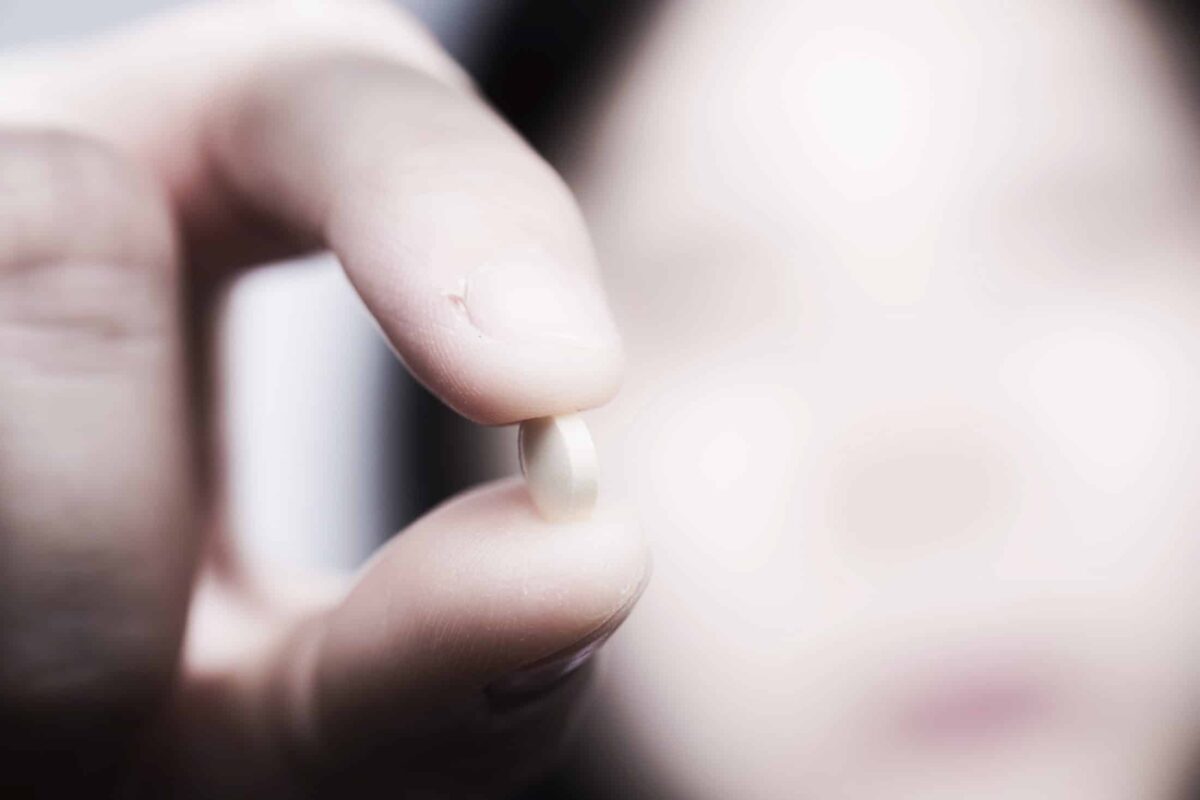It’s easy for me to overdo things. I know, shocker. What can I say? I like getting things done. But the problem is that when I overdo, I underperform.
For people driven to achieve, it’s a common trap. Even if we pare things down to the essentials, we can plow so deep into those that we’re just wasting our efforts—even while we think we’re making headway.
Instead of being satisfied with an effective level of engagement, we go over the top. It might be exciting at first, but it’s not sustainable and will actually set us back.
I’m all for playing full out, but if you play full out on everything at all times, you’ll just burn out. Or lose heart.
- We want to boost sales but wear out our audience.
- We want to lose weight but overdo it at the gym.
- We want to build our platforms but flame out from overposting.
- We want to improve our pace but get injured from overtraining.
So we quit, and I’m sure we can all think of other examples from our lives where we’ve done that. All our productivity was really counter productivity. We need to get to the bare essential of the bare essential.
In his book, The 4-Hour Body, Tim Ferriss uses the concept of the minimum effective dose, the MED. He defines it as “the smallest dose that will produce the desired outcome.”
He applies the MED primarily to fitness, but it’s a useful concept in a lot of other areas. It’s a good way to fight back the temptation to overdo something.
“Anything beyond the MED is wasteful,” he says, offering this example:
To boil water, the MED is 212oF (100oC) at standard air pressure. Boiled is boiled. Higher temperatures will not make it “more boiled.” Higher temperatures just consume more resources that could be used for something else more productive.
It’s a good example because we’ve all boiled water. We know what the minimum effective dose looks like and how pointless it is to try for more.
The problem is that we also know at exactly what temperature water boils. Our work, fitness, and other areas of life don’t have set levels so we have to experiment to find them. But it’s worth it.
Ask yourself, “What's one activity you could reduce by half and still get the desired results?”
I used to recommend blogging five times a week. For some time now I’ve blogged two to three times a week and have seen the same level of reader growth. By cutting back the frequency I freed myself up to do other things.
Your MED is probably different than mine. But your MED might also be less than what you’re doing right now. Wouldn’t you like to save that time and energy for something else?
To make progress on the things that matter most, we can’t afford losing ground by trying to do too much—even if we’re trying to do the right things.
Disclosure of Material Connection: Some of the links in the post above are “affiliate links.” This means if you click on the link and purchase the item, we will receive an affiliate commission. Regardless, we only recommend products or services we use and believe will add value to our readers. We are disclosing this in accordance with the Federal Trade Commission’s 16 CFR, Part 255: “Guides Concerning the Use of Endorsements and Testimonials in Advertising.









